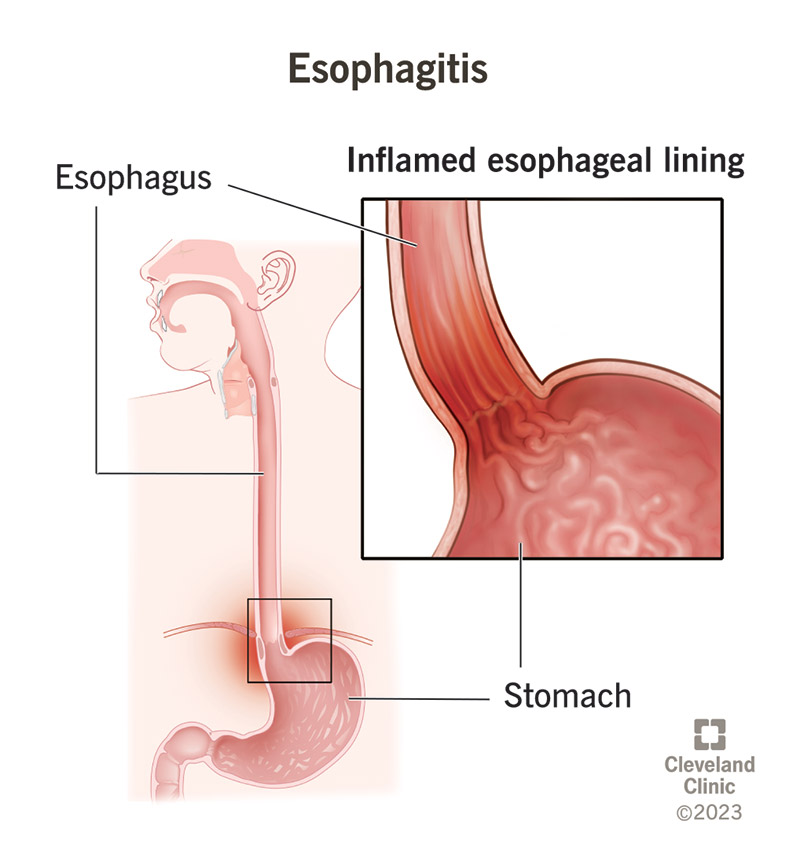A nurse is preparing to administer lispro insulin to a client who has type 1 diabetes mellitus. Which of the following actions should the nurse take?
Administer with short-acting insulin.
Assess for hypoglycemia 4 hr after the insulin injection.
Inject the insulin 15 min before a meal.
Monitor for polyuria.
The Correct Answer is C
Choice A reason: This is incorrect because lispro insulin is a rapid-acting insulin that does not need to be administered with another type of insulin. However, the patient may need a long-acting or intermediate-acting insulin to provide basal coverage throughout the day.
Choice B reason: This is incorrect because lispro insulin has a peak action of 30 to 90 min after the injection, which means that the patient is at the highest risk of hypoglycemia during this time. The nurse should assess for hypoglycemia more frequently than 4 hr after the injection.
Choice C reason: This is correct because lispro insulin has a fast onset of action of 15 to 30 min after the injection, which means that the patient should eat a meal within 15 min of the injection to prevent hypoglycemia.
Choice D reason: This is incorrect because polyuria is a sign of hyperglycemia, not hypoglycemia. The nurse should monitor for polyuria before the insulin injection, as it may indicate that the patient's blood glucose level is high.
Nursing Test Bank
Naxlex Comprehensive Predictor Exams
Related Questions
Correct Answer is B
Explanation
Choice A reason: This is incorrect because orally administered decongestants do not have an immediate onset. They take longer to act than nasal sprays because they have to be absorbed through the gastrointestinal tract. Nasal sprays act directly on the nasal mucosa and have a faster onset.
Choice B reason: This is correct because orally administered decongestants do not cause rebound congestion. Rebound congestion is a condition in which the nasal passages become more swollen and congested after the effect of the nasal spray wears off. This can lead to overuse and dependence on the nasal spray. Orally administered decongestants do not have this effect because they act systemically and not locally.
Choice C reason: This is incorrect because orally administered decongestants do not have a shorter duration. They have a longer duration than nasal sprays because they are metabolized more slowly by the liver. Nasal sprays have a shorter duration because they are eliminated more quickly by the nasal mucosa.
Choice D reason: This is incorrect because orally administered decongestants are not more potent than nasal sprays. They have a similar potency, but they have a different mechanism of action. Orally administered decongestants act on the alpha-adrenergic receptors in the blood vessels, causing vasoconstriction and reducing congestion. Nasal sprays act on the beta-adrenergic receptors in the bronchial smooth muscle, causing bronchodilation and improving airflow.
Correct Answer is ["C","E"]
Explanation
Choice A reason: This is incorrect because drowsiness is not a common or serious adverse effect of alendronate. However, the client should avoid driving or operating machinery if they experience drowsiness.
Choice B reason: This is incorrect because tachycardia is not a common or serious adverse effect of alendronate. However, the client should monitor their pulse and blood pressure regularly and report any abnormal changes to the provider.
Choice C reason: This is correct because jaw pain can indicate a rare but serious condition called osteonecrosis of the jaw, which is associated with alendronate use. The client should report any jaw pain, swelling, or infection to the provider immediately and avoid dental procedures while taking alendronate.
Choice D reason: This is incorrect because dizziness is not a common or serious adverse effect of alendronate. However, the client should rise slowly from a lying or sitting position to prevent orthostatic hypotension and falls.
Choice E reason: This is correct because esophageal erosion can occur if alendronate is not taken correctly. The client should take alendronate with a full glass of water, at least 30 minutes before any food or drink, and remain upright for at least 30 minutes after taking it. The client should report any difficulty swallowing, chest pain, or heartburn to the provider.

Whether you are a student looking to ace your exams or a practicing nurse seeking to enhance your expertise , our nursing education contents will empower you with the confidence and competence to make a difference in the lives of patients and become a respected leader in the healthcare field.
Visit Naxlex, invest in your future and unlock endless possibilities with our unparalleled nursing education contents today
Report Wrong Answer on the Current Question
Do you disagree with the answer? If yes, what is your expected answer? Explain.
Kindly be descriptive with the issue you are facing.
